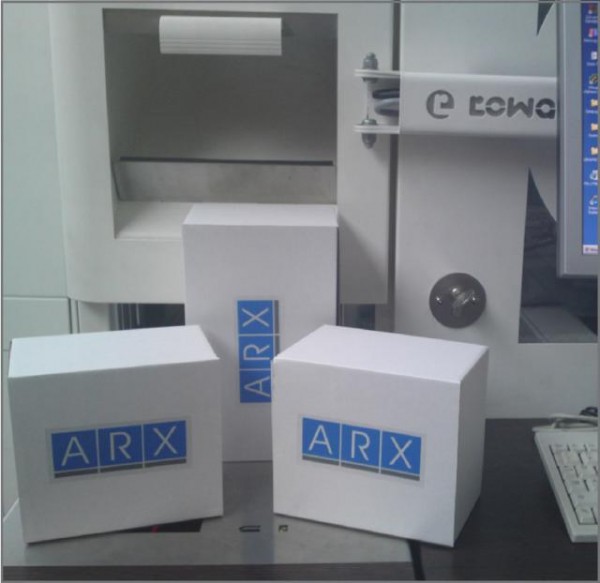Who should be the driving force behind the selection of new automation and technology in a hospital pharmacy? It’s a simple question really, and in my mind there’s only one clear answer: pharmacy should drive the selection of their own automation and technology. That makes sense, right? Well it certainly does to me.
However, lately I’ve seen a disturbing trend when talking with hospital pharmacies about their selection process. It appears that the IT department – you know, those guys that configure computers and keep your network and hospital servers humming along – has been given a lot of authority in the selection process. Call me crazy, but that seems a little strange to me.
I’ve always thought of IT as a service department, someone to help you accomplish your goal when it involves technology. As an IT pharmacist it was my job to look at pharmacy automation and technology, evaluate it, weigh the pros and cons, and make a decision based on what was best for the goals of the pharmacy. Once that was done I would get IT involved in the process to make sure we had everything we needed from not only the vendor, but our own hospital IT department as well. If there were gaps we would work together to flesh them out.
What happens if the IT department is given the leeway to make a decision for the pharmacy on which automation and/or technology they should use? They might make the “right decisionâ€, but if they did it would be the result of sheer dumb luck. The selection process should be one that looks to find the best fit for the pharmacy, one that fits into the pharmacy’s distribution model, one that lines up with existing technology, one that takes future pharmacy plans into consideration, one that will help drive pharmacists out of the pharmacy toward more clinical activities, one that acknowledges the strengths and weaknesses of the vendor in terms of functionality, usability and support, and so on. The decision should not be based on who uses the best security protocol, or who prefers Dell Servers over HP Severs, or whether or not the vendor needs network access for support or not, and so on and so forth.
I truly feel sorry for healthcare systems that ignore their pharmacy personnel when thinking about purchasing new automation and technology for pharmacy operations. In my opinion it’s a recipe for disaster. I certainly wouldn’t want to work in a pharmacy where the tools I used were selected by someone who didn’t even know what I was working on. The next time you have the oil changed in your car, ask the mechanic if he would let the person that installed their computers pick out his tools. I bet you’ll get a similar response to mine, although the language may be a bit more colorful. Better yet, ask a software engineer if he’d let a pharmacist pick out the hardware and software necessary to do his job. It’s a safe bet that he’d look at you like you’d lost your mind.


